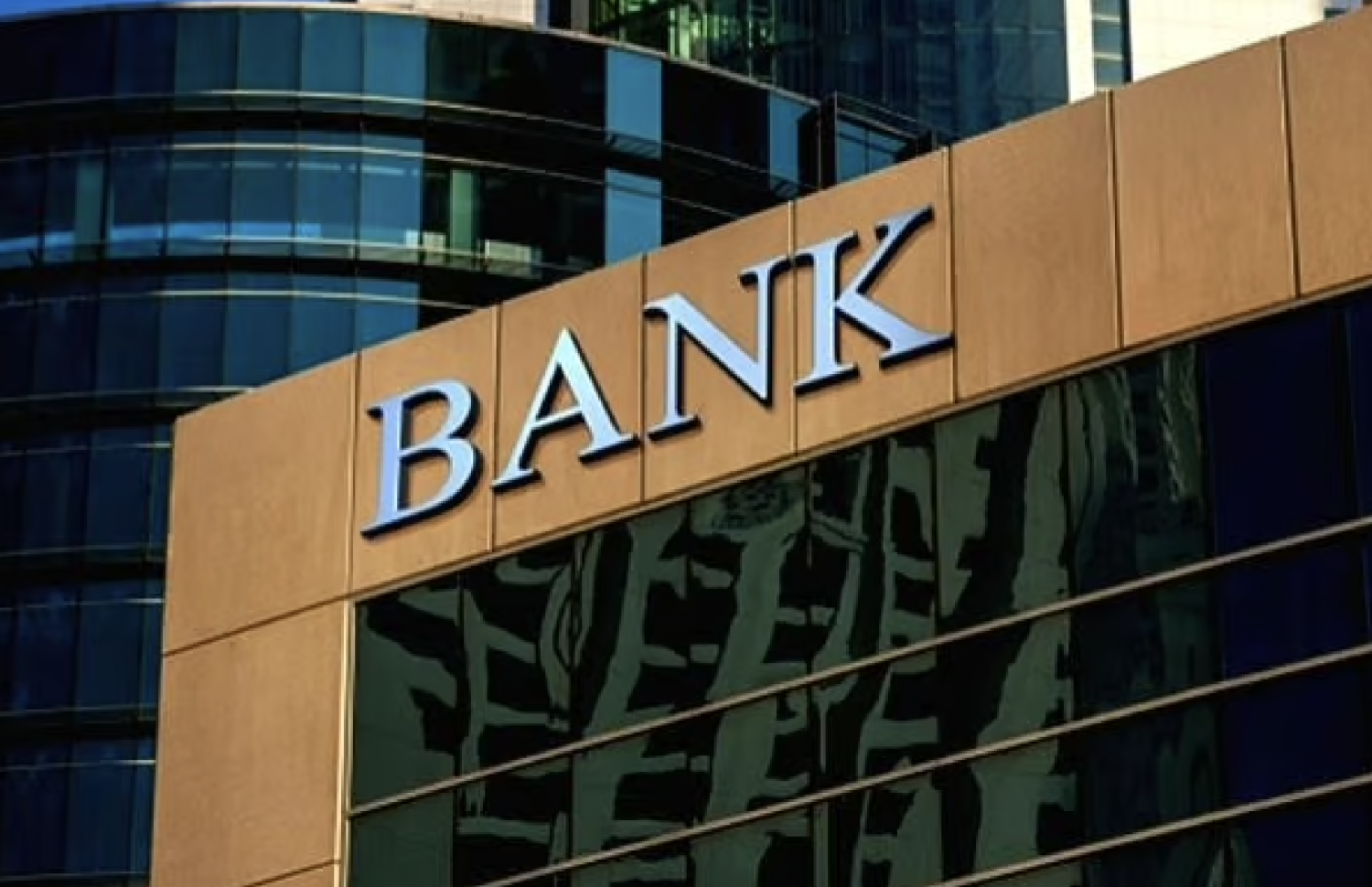
(Photo : Pixabay)
India’s public sector banks clocks 11 pc growth at Rs 236 lakh crore in April-Sep FY25
India's public sector banks (PSBs) have demonstrated a robust performance in the first half of the current fiscal year (FY25), with an 11% annual growth. The aggregate business of these banks stood at a staggering Rs 236.04 lakh crore in the April-September period, according to a statement from the Ministry of Finance. The global credit and deposit portfolio of these banks grew by 12.9% and 9.5% year-on-year, respectively, and stood at Rs 102.29 lakh crore and Rs 133.75 lakh crore.
The operating and net profit for H1 FY25 was Rs 1,50,023 crore, marking a 14.4% YoY growth, and Rs 85,520 crore, marking a 25.6% YoY growth. The gross and net Non-Performing Assets (NPA) stood at 3.12% and 0.63% as of September 2024, indicating a decline by 108 basis points and 34 basis points, respectively. The capital-to-risk-weighted asset ratio (CRAR) stood at 15.43% in September, surpassing the regulatory requirement of 11.5%.
Adoption of New-Age Technologies and Major Banking Reforms
In addition to their financial performance, PSBs have made significant strides in adopting new-age technologies such as AI, cloud, and blockchain. They have upgraded their existing digital infrastructure, implemented necessary systems and controls to tackle cybersecurity risks, and taken multiple steps to provide best-in-class customer services.
Under the leadership of Prime Minister Narendra Modi and the guidance of Union Finance Minister Nirmala Sitharaman, major banking reforms have been undertaken in recent years. These include the Implementation of Enhance Access and Service Excellence (EASE), enactment of the Insolvency and Bankruptcy Code (IBC), setting up of the National Asset Reconstruction Company Ltd. (NARCL), and amalgamation of PSBs, among others.
The review meetings chaired by the Finance Minister facilitated deliberations on a range of current and emerging issues with the Chief Executives of PSBs. The government stated that the reforms and regular monitoring have addressed many concerns and challenges, resulting in the establishment of enhanced systems and processes for credit discipline, recognition and resolution of stressed assets, responsible lending, improved governance, financial inclusion initiatives, and technology adoption.
Government's Commitment to Boosting Economy and Creating Opportunities
In the broader context, the Indian government has been making concerted efforts to boost the economy and create opportunities for the youth. The first Budget under Modi 3.0 introduced five schemes designed to create jobs, enhance skills, and provide opportunities for 41 million young people over the next five years. The central government allocated Rs 2 lakh crore for this initiative.
The government's commitment to youth and workforce development was applauded by industry leaders. They also recognized the importance of technology and digitization in driving a more digital economy. The effective implementation of these initiatives will be crucial for the nation's employment growth and digital transformation.
The government's recent union budget announcement promises to significantly boost the manufacturing sector and drive economic growth. The job creation scheme in the manufacturing sector is a substantial step forward, incentivizing additional employment and benefiting 210 lakh youth. This will help the MSME segment to gain skilled workers to further improve their services and products.









